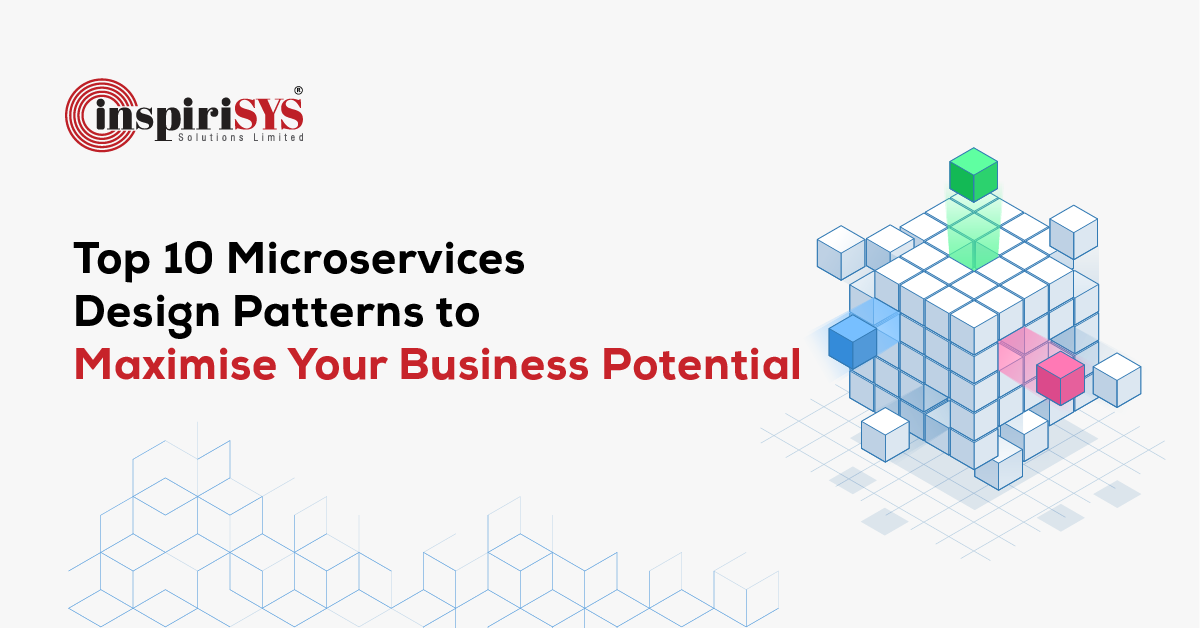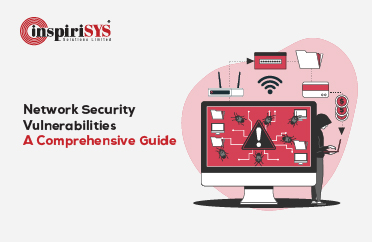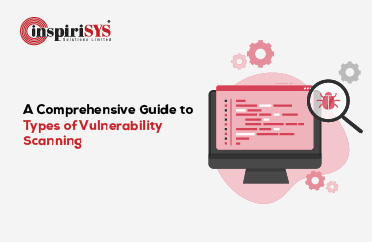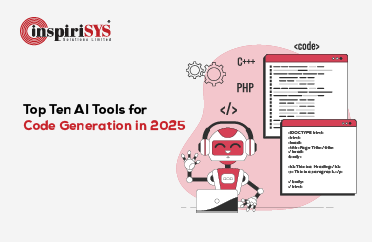Quick Summary: Explore the realm of modern software development with Microservices architecture. This paradigm, renowned for its flexibility, seamless testability, and efficient scalability, addresses the intricate balance between functionality and adaptability. However, successful implementation comes with challenges. Discover valuable insights into microservice design patterns as effective tools to overcome hurdles, aiding in selecting the most suitable one for your software needs.
Decoding Digital Giants: How Netflix, Spotify, and Amazon Stay Ahead in the Digital Game
Have you ever been curious about how giant apps like Netflix, Spotify, or Amazon manage to stay up and running without crashing, despite their enormous complexity? The reality is, they do encounter challenges, but their design is tailored to maintain seamless operation. A significant contributor to this seamless operation is a concept known as "microservices."
Let's break it down with some examples. Imagine Netflix, which uses a modern software design called microservices. Instead of one big component, they break their app into small, independent parts, like building blocks. These parts, or microservices, interact with each other using a special set of rules called APIs (Application Programming Interface).
In this manner, each component can be developed using the most suitable tools for the task. Different tools are deployed for different tasks, but they all fit together perfectly ensuring a seamless integration. Additionally, if one part experiences an issue, it does not affect the entire system. It is similar to having multiple small safety nets rather than a single large one.
Due to a monolithic architecture and proprietary data centers, Netflix experienced a significant downtime. This occurrence was a turning moment, prompting Netflix to implement continuous deployment and separate their applications to avoid future problems. Microservices were critical in preventing single-stack breakdowns and encouraging experimentation. This transition improved agility, allowing for practices such as Chaos Engineering and contributing to Netflix's rapid expansion. Each program now oversees a distinct aspect of Netflix's operations, resulting in the company's current status as a powerhouse.
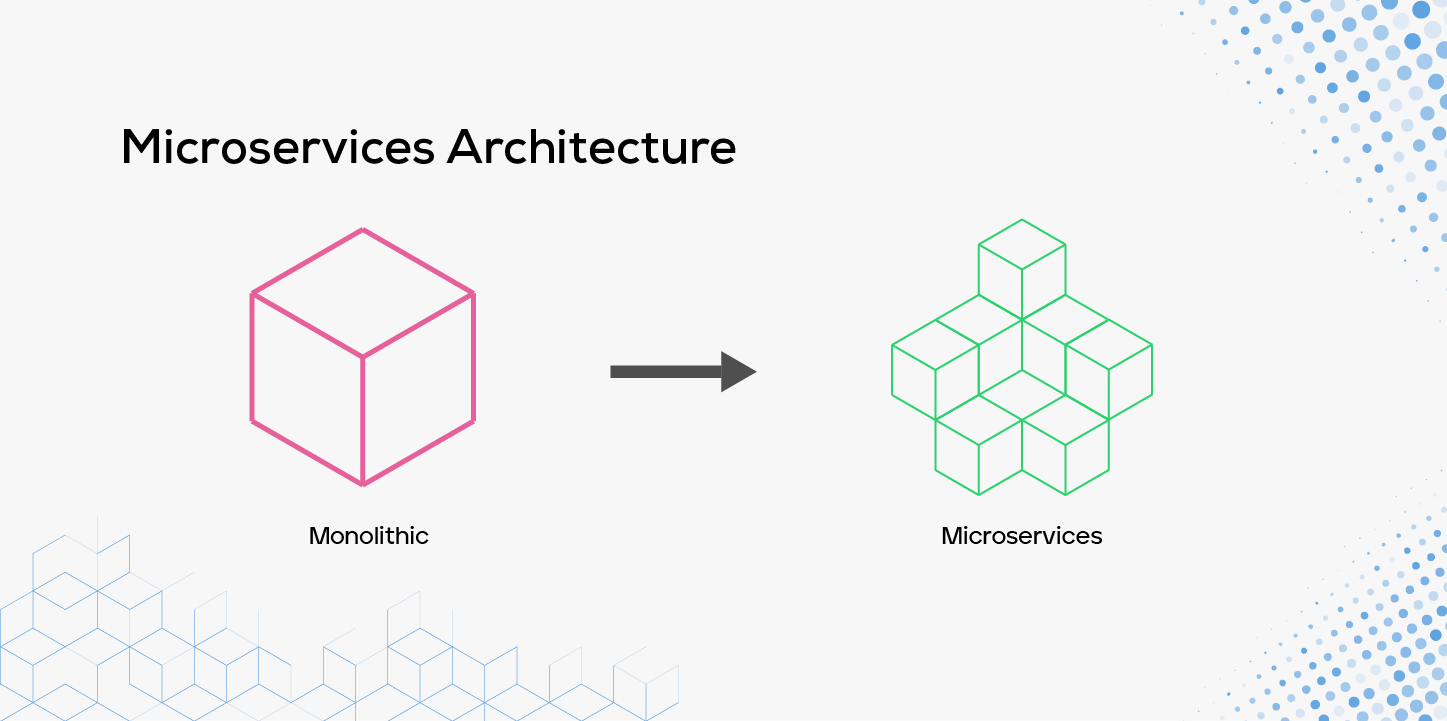
Similarly, Amazon's transition to microservices was a pivotal factor in becoming the world's most valuable company. Developers extracted specific functions from complex code and encapsulated them into separate, manageable microservices. This approach not only empowered Amazon's growth but also led to the development of solutions like Amazon AWS and Apollo, which are now essential offerings for enterprises globally.
Today, Amazon's market cap stands at an astounding $1.4 trillion as of November, 2023, highlighting the significance of this shift.
In general, microservices are like having a team of experts working together, each focusing on what they are best at. It is a smart way to handle big and complicated things and keep everything running smoothly, even when there are challenges.
However, to establish an effective microservice architecture, it is essential to adhere to the following key design principles. These principles serve as foundational guidelines to ensure the development of an optimal and scalable microservices environment.
Microservices Design Principles
-
Independent and Autonomous/Self-Governing Services
The architecture of a microservice-based application comprises a set of autonomous services that are not tightly coupled. These services communicate through well-defined interfaces without relying on the execution of other services. This enables individual services to evolve and expand independently of one another. As long as the service interface remains unchanged, modifying a microservice is less likely to require modifications to other components of the application. Autonomous services can be deployed independently, simplifying the process of putting them into production. Microservices facilitate continuous deployment by making it easier to release upgrades for services. -
Scalability
It enhances an application's ability to expand efficiently by enabling the scaling of individual microservices facing increased demand, instead of scaling the entire monolithic service. During any major event or viral post, the platform experiences a surge in its activity. By deploying these microservices, this increased traffic can be effectively managed ensuring optimal performance, where user interactions run seamlessly even during the peak period. -
Constant Monitoring
It is essential to constantly monitor these microservices to ensure optimal performance, detect issues, and gather data for improvements. In a synchronized environment where multiple microservices collaborate to operate an application, the likelihood of encountering system faults significantly increases. As the architecture grows in complexity, the process of identifying and resolving these issues becomes laborious. By implementing such proactive measures, you can ensure the smooth operation of your application. -
Versioning
Versioning refers to the practice of managing changes in services over time and updating them to the most recent versions. This approach is beneficial as it minimizes disruptions to existing clients who rely on these services. Additionally, the service interface may be modified in terms of the requests and responses it accepts. These changes ensure that the service remains compatible with the evolving needs and requirements of clients. -
Availability
When businesses operate globally, there is no room for downtime. Even a minute of service interruption can result in significant losses, therefore Availability is a crucial design principle. Microservices enhance availability by isolating failures to specific services, preventing a failure in one microservice from affecting the entire application. For instance, in a financial application, the "Account Balance" microservice allows users to see how much money is in their accounts. Sometimes, this microservice might need to be temporarily shut down for maintenance or updates. In such cases, other important services, like the "Transaction History" service, will still be working fine. This means that even if you can't check your account balance for a short time, you can still see your transaction history and access other important information.
Top 10 Design Patterns in Microservices Architecture
-
Strangler Pattern
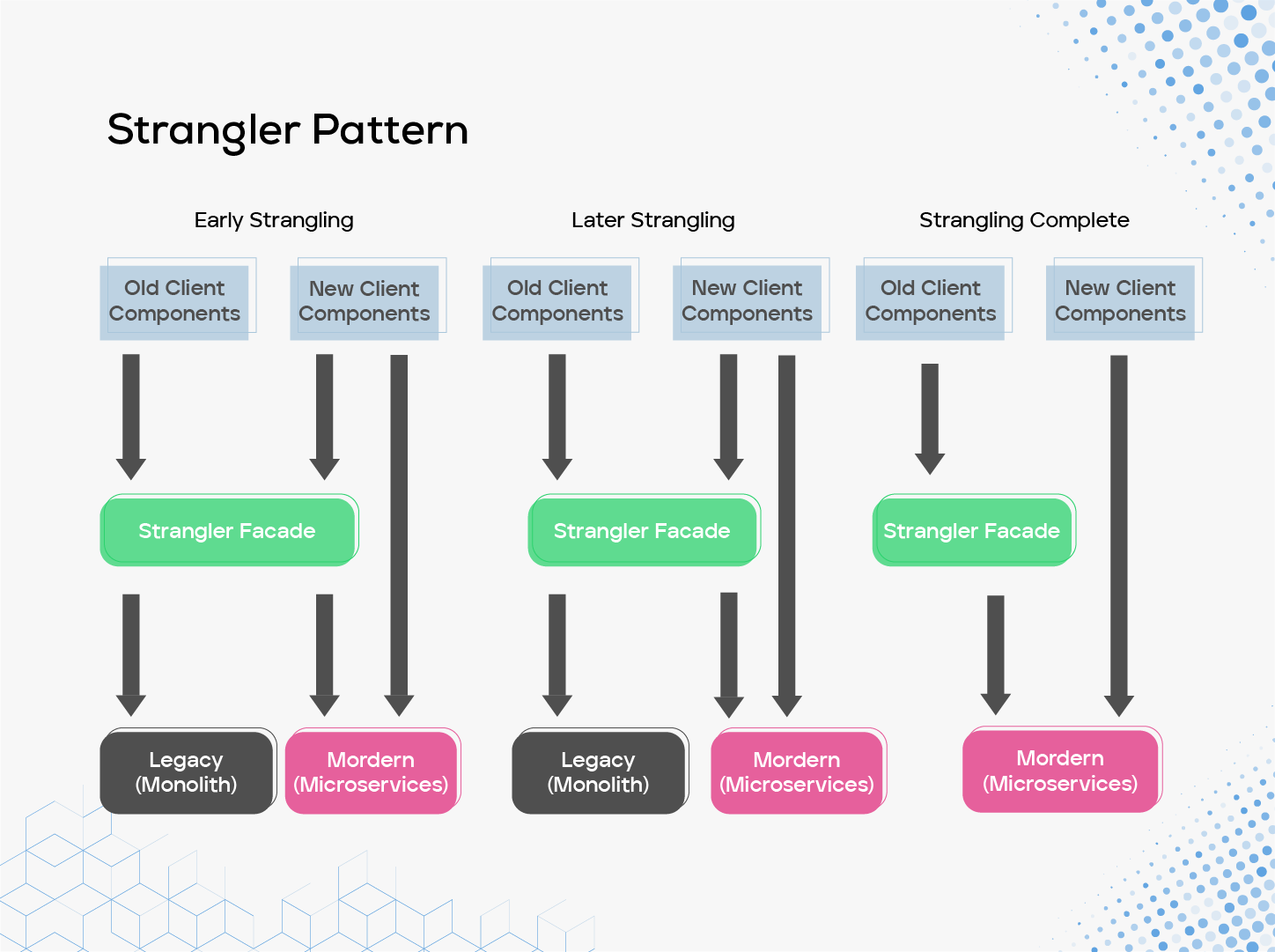
Strangler pattern was first conceived by Martin Fowler, that gradually updates monolithic application systems. The goal is to "strangle" the old system by gradually decreasing its functionality and replacing it with the new system, eventually defusing the old system entirely.
As BestBuy climbed to the 10th spot on the Internet Retailer Top 500, the company grappled with the challenge of effecting even minor updates to its IT system. The system's complexity had reached a point where preparing adequately for holiday traffic peaks became a perilous task. The application ecosystem had become stagnant and overly intricate.
The journey of transformation commenced in 2010 with the creation of dependency graphs, illustrating the interconnections between modules within the monolithic platform. This groundwork paved the way for developers to embark on the implementation of microservices. BestBuy strategically employed the Strangler Pattern to systematically replace the outdated system with microservices, ensuring a methodical and seamless transition.
-
Saga Pattern
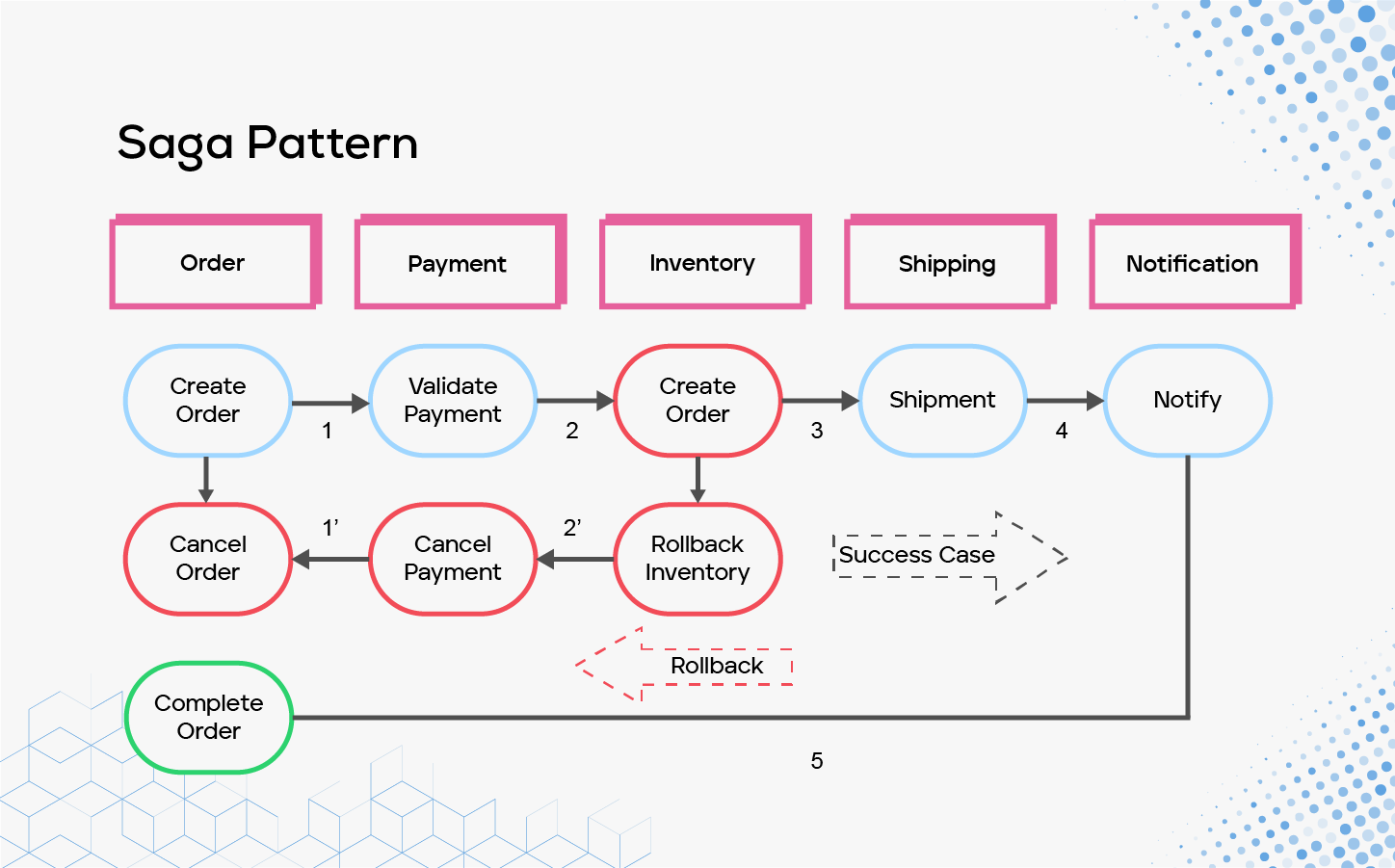
This pattern needs careful designing and coordination between the services. In the SAGA pattern, the system ensures that all steps are either completed or rolled back if a failure occurs. It provides a way to maintain data consistency and recover from failures in a distributed environment.
For example: While booking a room in a hotel, if payment processing fails, the compensating transaction cancels the room reservation, making the room available again for booking.
In case the confirmation step fails, the compensating transaction sends a cancellation notification to the customer and releases the reserved room.
-
Aggregator Pattern
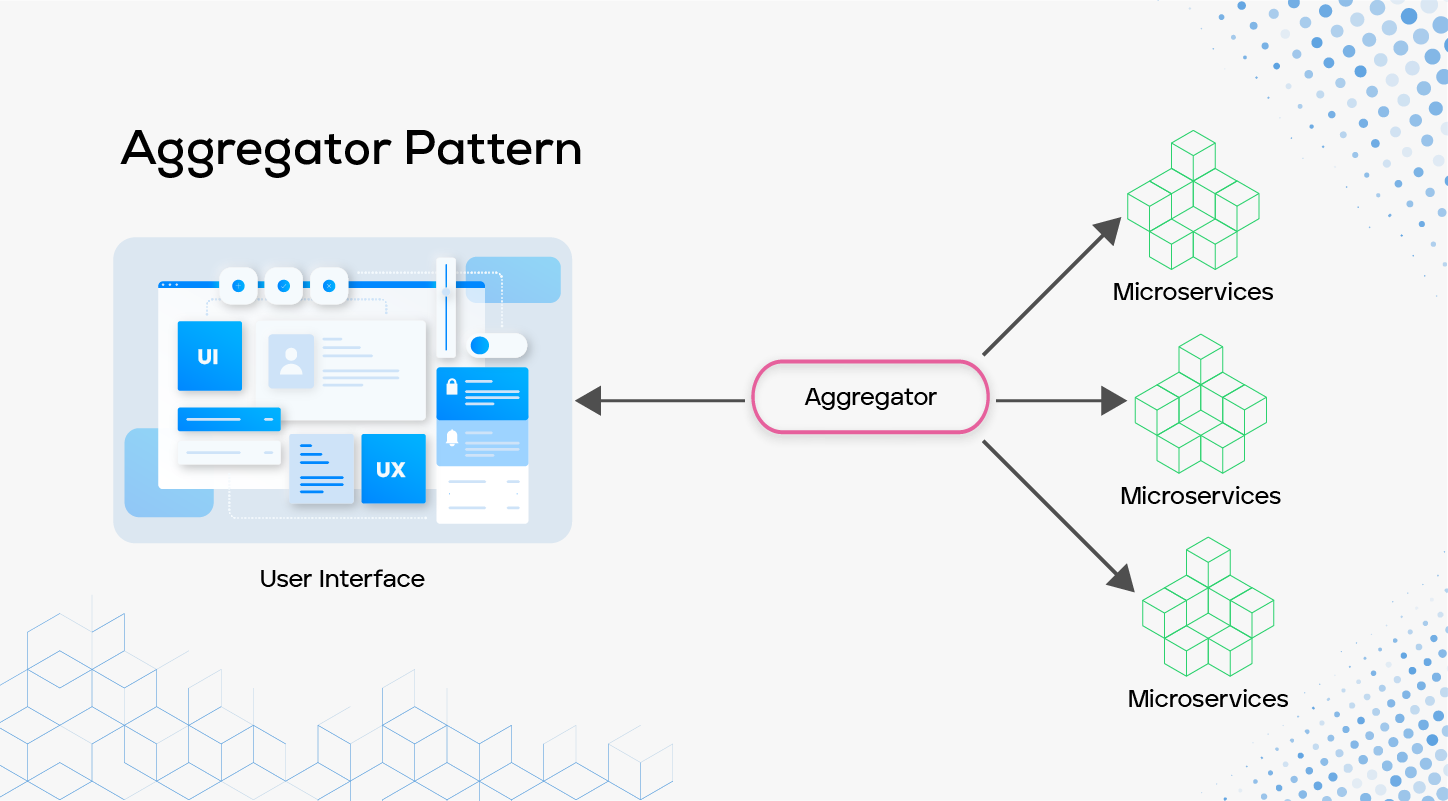
Aggregator is a fundamental web page that calls other services to obtain the required data or do the functionality needed. For instance, imagine an E-commerce platform utilizing microservices architecture. A client requests information about a product. The aggregator receives this request and realizes that it needs data from multiple microservices like "Product Catalog", "Inventory", and "Reviews".
The aggregator invokes these microservices independently to fetch product details, available inventory, and customer reviews.
It then collects and aggregates the responses, creating a comprehensive view of the product, including its details, availability, and customer reviews.
The unified response is sent back to the client, providing a holistic overview of the product.
This pattern streamlines the data retrieval from various microservices, presenting a consolidated response to the client while optimising communication and enhancing performance.
-
Event Sourcing
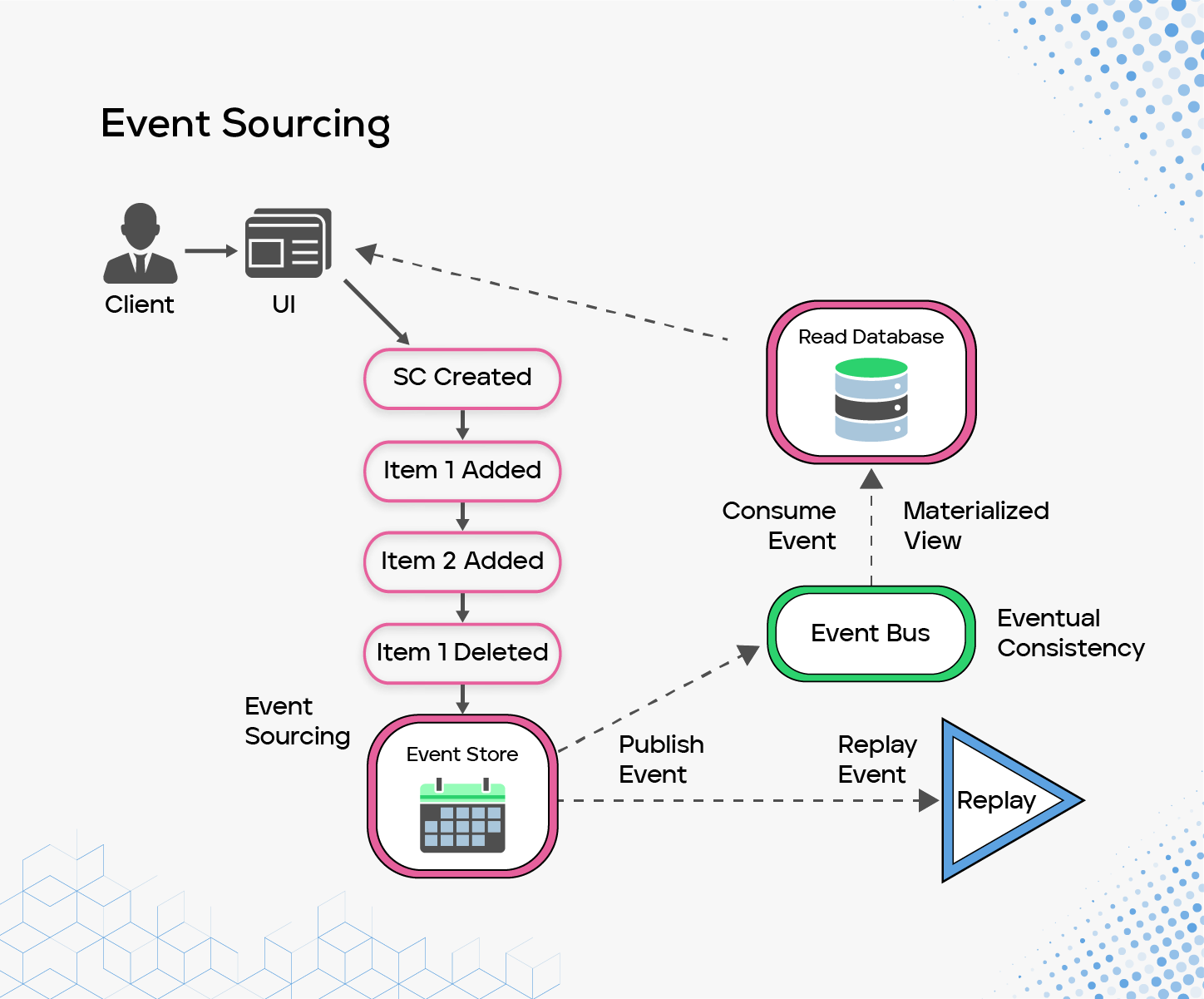
Event sourcing is a pattern where instead of storing only the current state of the data in a database, it stores a log of all the changes or events that happened over time. For example, in a banking app, instead of just storing the current account balance, it saves events like deposits and withdrawals. This allows to reconstruct the current balance by replaying those events. It helps with auditing, analyzing history, and adapting to new requirements.
-
Command Query Responsibility Segregation (CQRS)
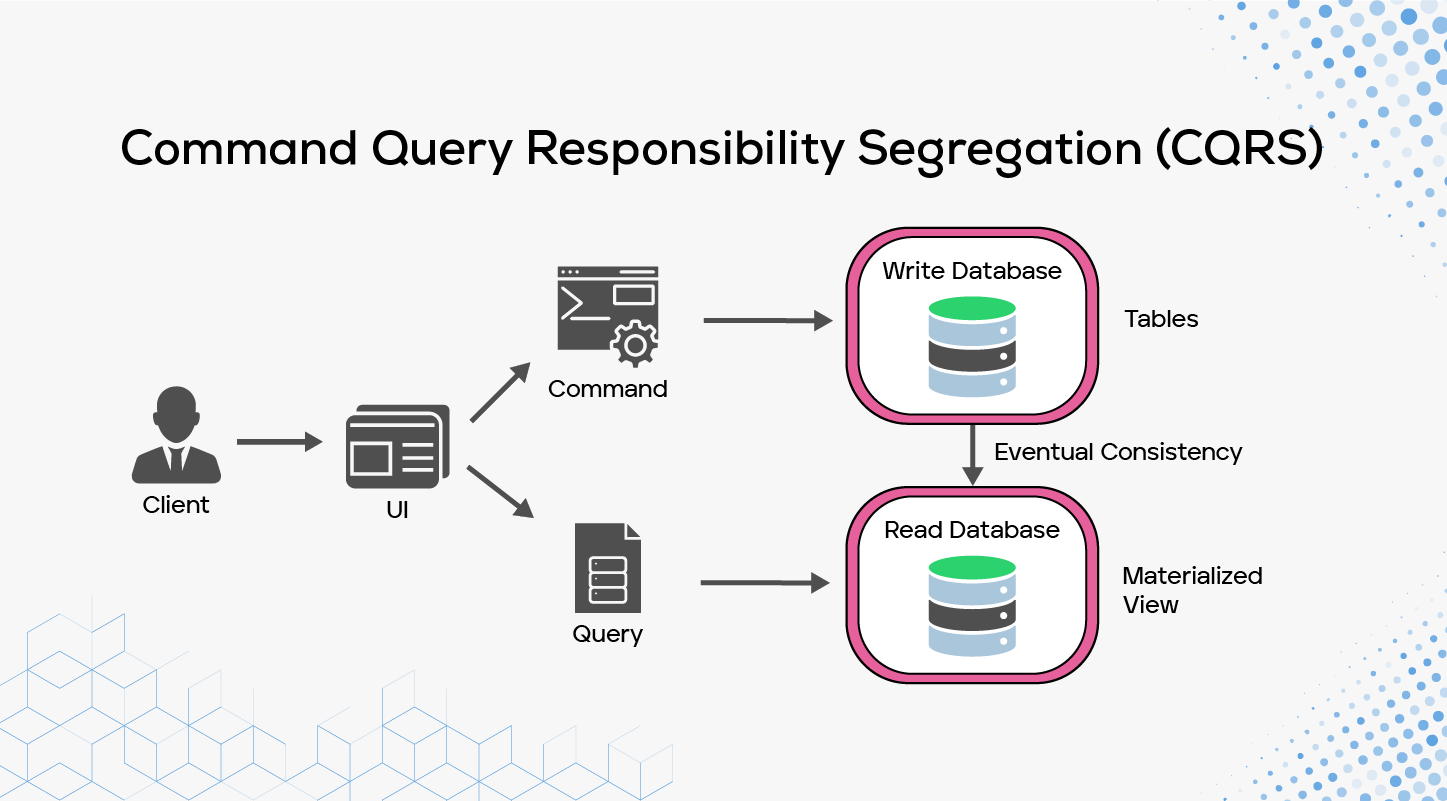
The Command Query Responsibility Segregation (CQRS) is a design pattern that separates the responsibility for handling commands i.e., write operations from the responsibility for handling queries i.e., read operations into different parts of the application. This separation can lead to a more scalable, flexible, and efficient system, especially in complex applications.
For instance, when requesting a ride on Uber, updating your destination, or modifying a trip, you're executing commands (write). These actions change data in the system, affecting things like trip status, driver allocation, or payment details.
When you check ride prices, view available drivers, or track your ride, you're executing queries(read). These actions retrieve data from the system without altering it, providing information about available rides, estimated time of arrival, or pricing details. This approach enables custom optimization and scaling for each operation type, contributing to enhanced performance and efficiency.
-
Sidecar Pattern
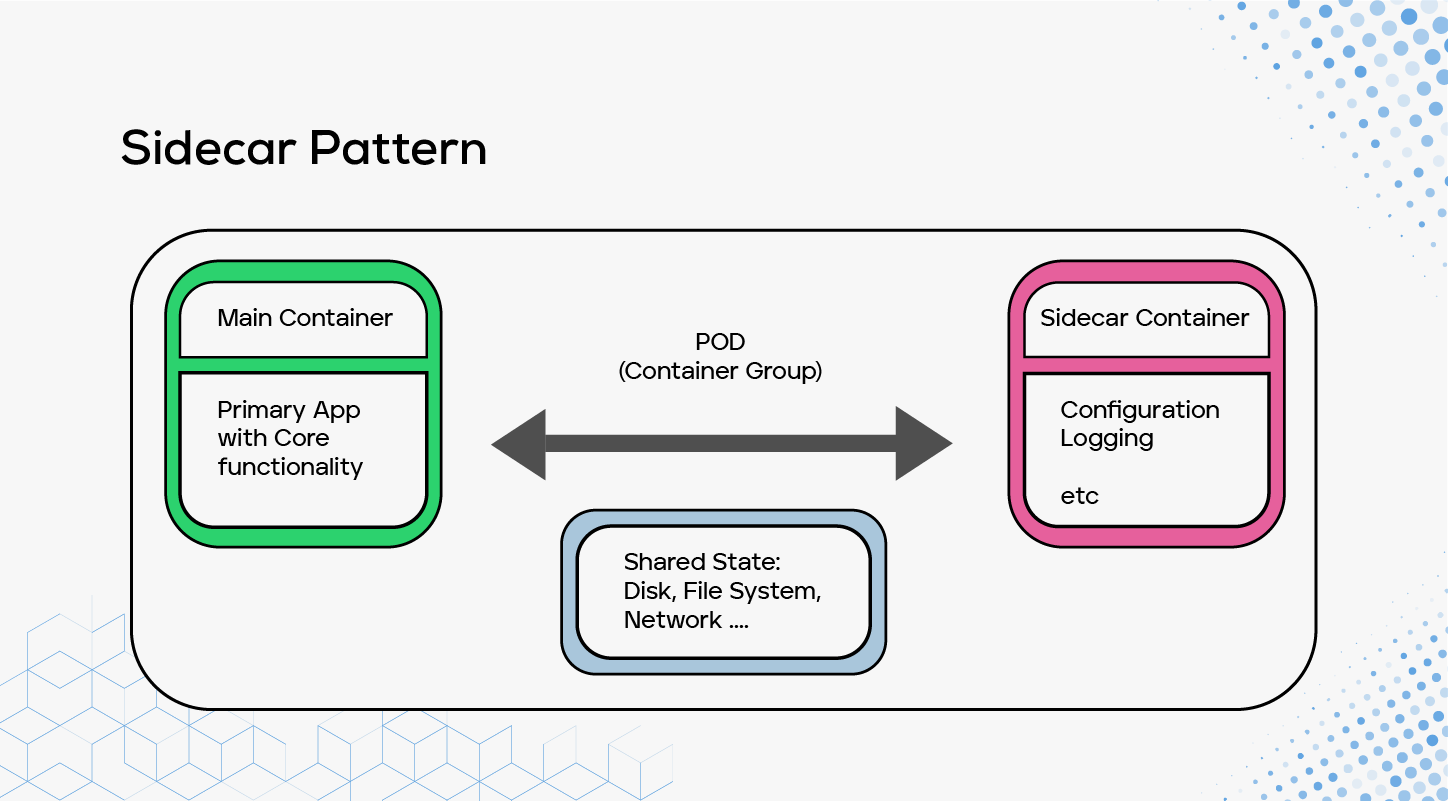
Imagine a microservice responsible for processing user data. A sidecar could be deployed alongside this microservice to handle encryption and decryption of sensitive data, ensuring that this critical security functionality is decoupled from the main service and can be independently managed and updated. The sidecar typically runs in the same context or container as the main service and provides various functionalities such as monitoring, logging, security, or communication with other services.
One notable example is Istio, an open-source service mesh tool used in Kubernetes. Istio employs a sidecar proxy, like Envoy, alongside each microservice to manage critical aspects such as traffic control, security, and observability. Industries embracing cloud-native technologies, including finance, healthcare, and e-commerce, often utilize the Sidecar pattern to bolster their microservices infrastructure for improved efficiency and reliability.
-
Database Per Microservice
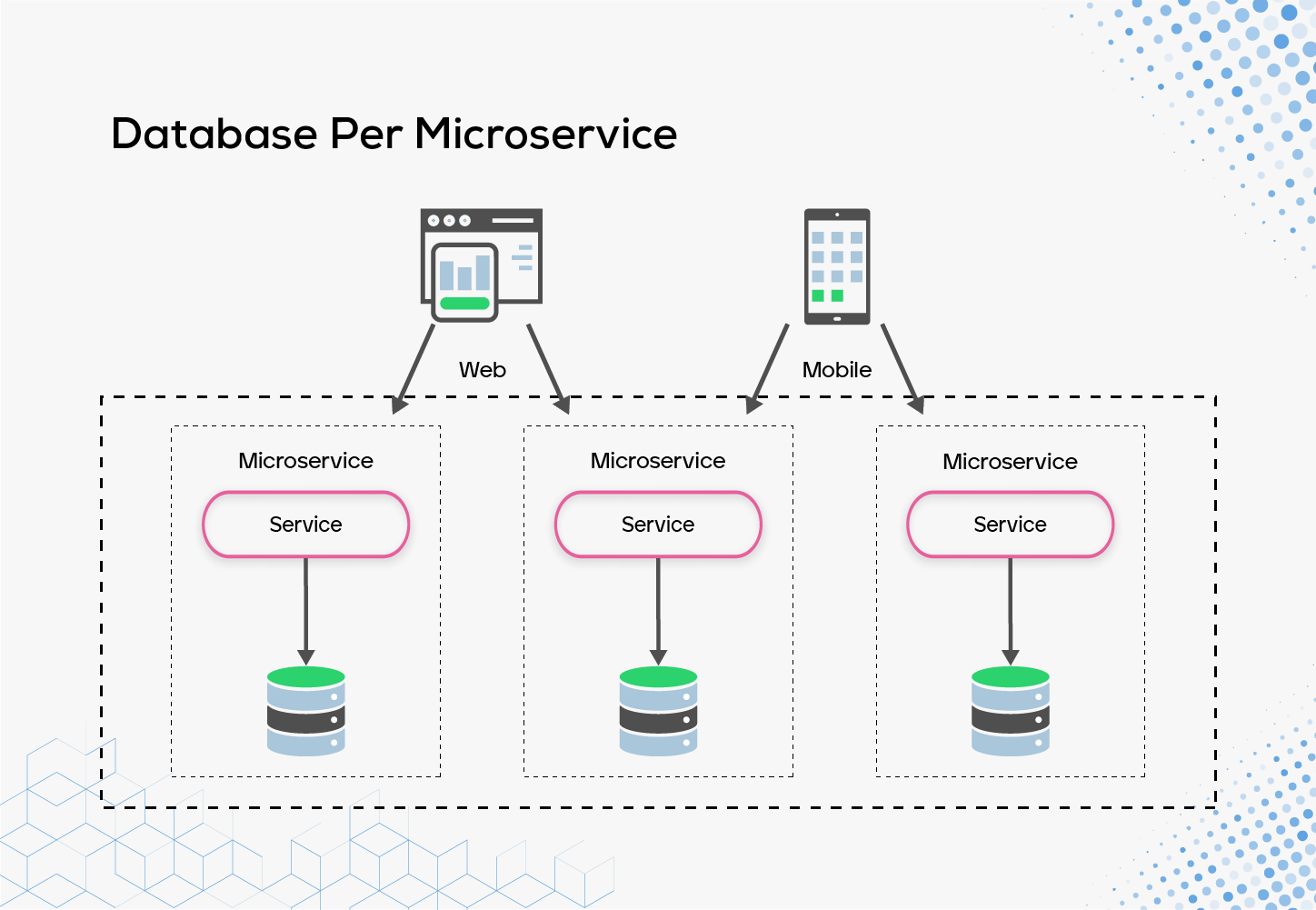
Utilizing a single comprehensive database for a microservices architecture can pose challenges due to the strong connection between services and the database, making it an anti-pattern. The recommended approach is to furnish each microservice with its distinct database.
For instance: There is an E-commerce Platform, where you have a
- User Service: Manages user data and authentication details
- Order Service: Handles order processing and history
- Product Service: Manages product catalogue and inventory
In this example, each microservice (User, Order, Product) has its database optimized for its specific functionality. If the User Service experiences a spike in usage, its database can be scaled independently to handle the increased load without impacting other services. Additionally, each service team can choose the appropriate database technology (e.g., relational, NoSQL) based on their specific needs.
Each microservice will possess a data repository segregated from other services. Following this pattern, a microservice autonomously handles its data storage, ensuring autonomy, isolation, and flexibility in data management.
-
Backends for Frontends (BFF) Pattern
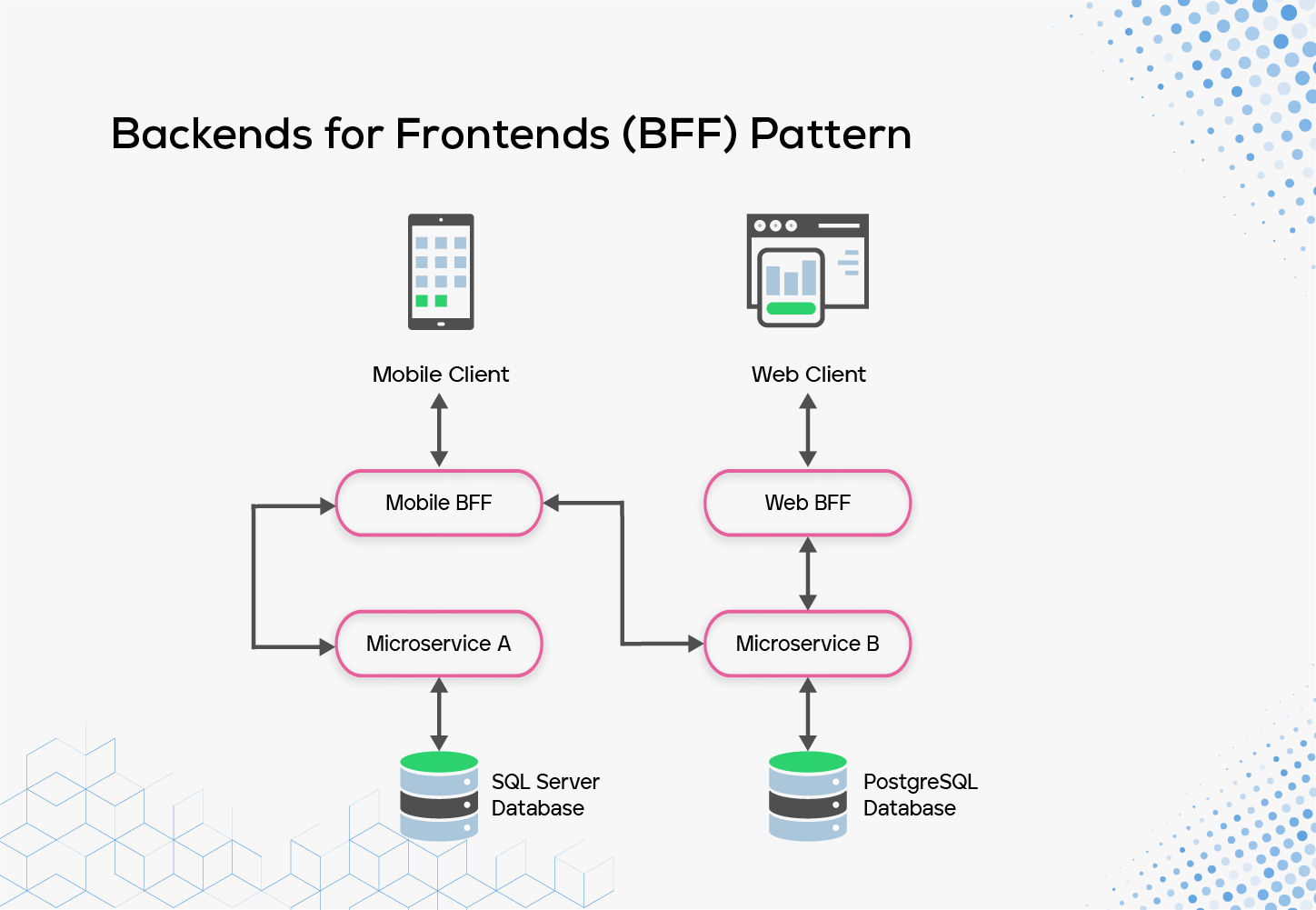
Backends for Frontends (BFF) is a design pattern where separate backend services are created for different user interfaces (frontends) to optimize and tailor data fetching and processing for each specific frontend. This pattern helps in enhancing the performance, user experience, and development efficiency by aligning the backend services closely with the unique requirements and rendering capabilities of each frontend.
For example, Uber employs BFF to tailor the backend for various interfaces, including the rider and driver applications, ensuring optimal performance and user experience on each platform.
Functionalities: The BFF for riders emphasizes trip booking, location tracking, and fare calculation, while the BFF for drivers prioritizes trip requests and navigation.
Similarly, Netflix utilizes BFF to customize backend functionalities for different platforms like smart TVs, mobile apps, and web browsers.
Each BFF is optimized for its respective platform, delivering an interface that aligns with user expectations and device capabilities.
-
API Gateway Pattern
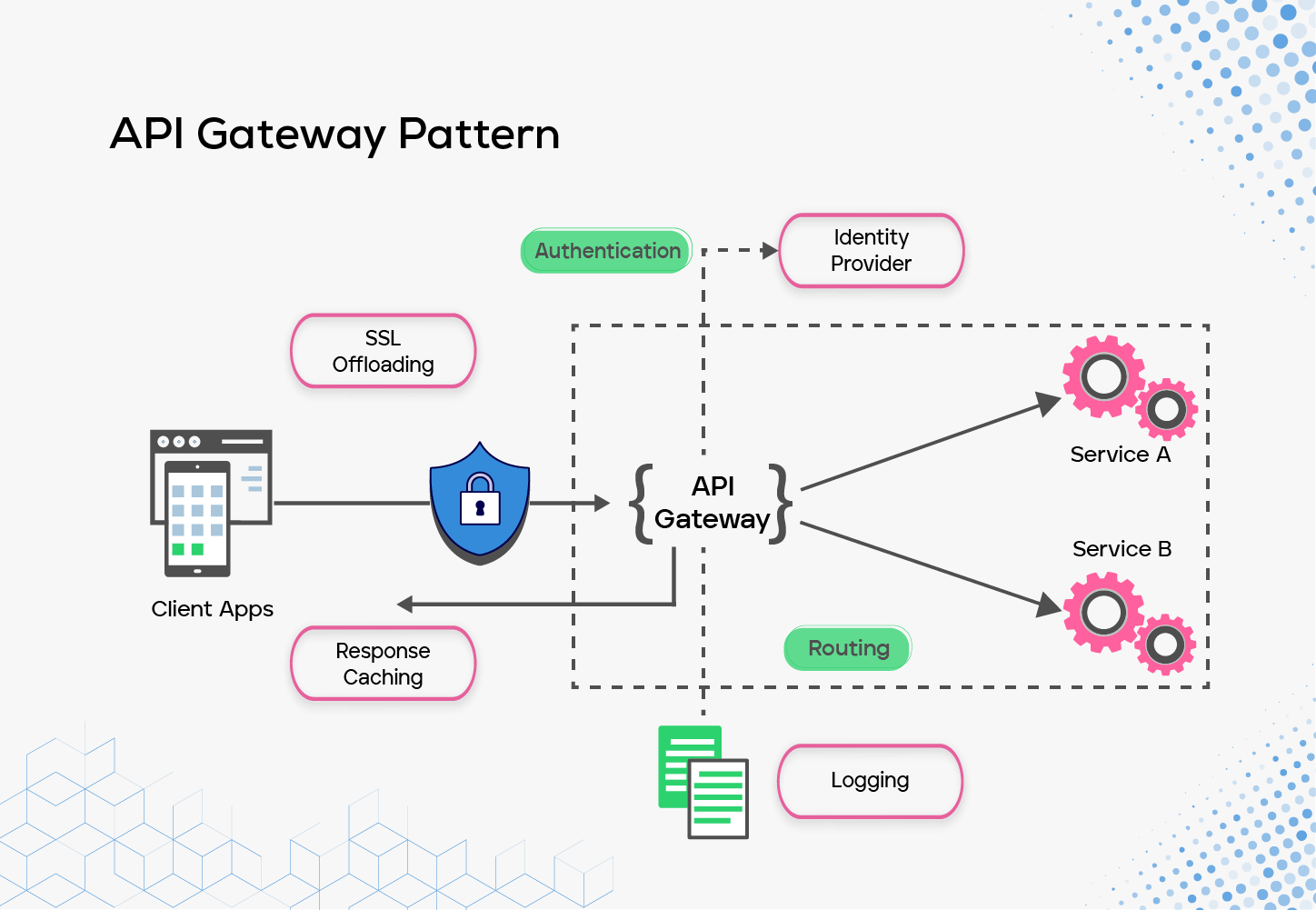
The API Gateway pattern is a design pattern used in software architecture where an API gateway acts as an intermediary layer between clients (such as web or mobile applications) and a collection of microservices. The API gateway consolidates various requests from the client side and routes them to the appropriate microservice or services, providing a unified entry point to the system. This pattern helps in managing, securing, optimizing, and simplifying client interactions with the underlying microservices.
The APIs of popular platforms like Twitter and Slack play a crucial role in enabling seamless integration and interaction. Twitter's RESTful API allows developers to effortlessly access features such as tweeting, user authentication, and timeline updates in a structured manner. On the other hand, Slack, utilizes a RESTful API architecture, that empowers developers to create bots, automate workflows, and manage communication channels efficiently. These APIs are the backbone of third-party applications, enriching user experiences and expanding the functionalities of these platforms.
-
Circuit Breaker Pattern
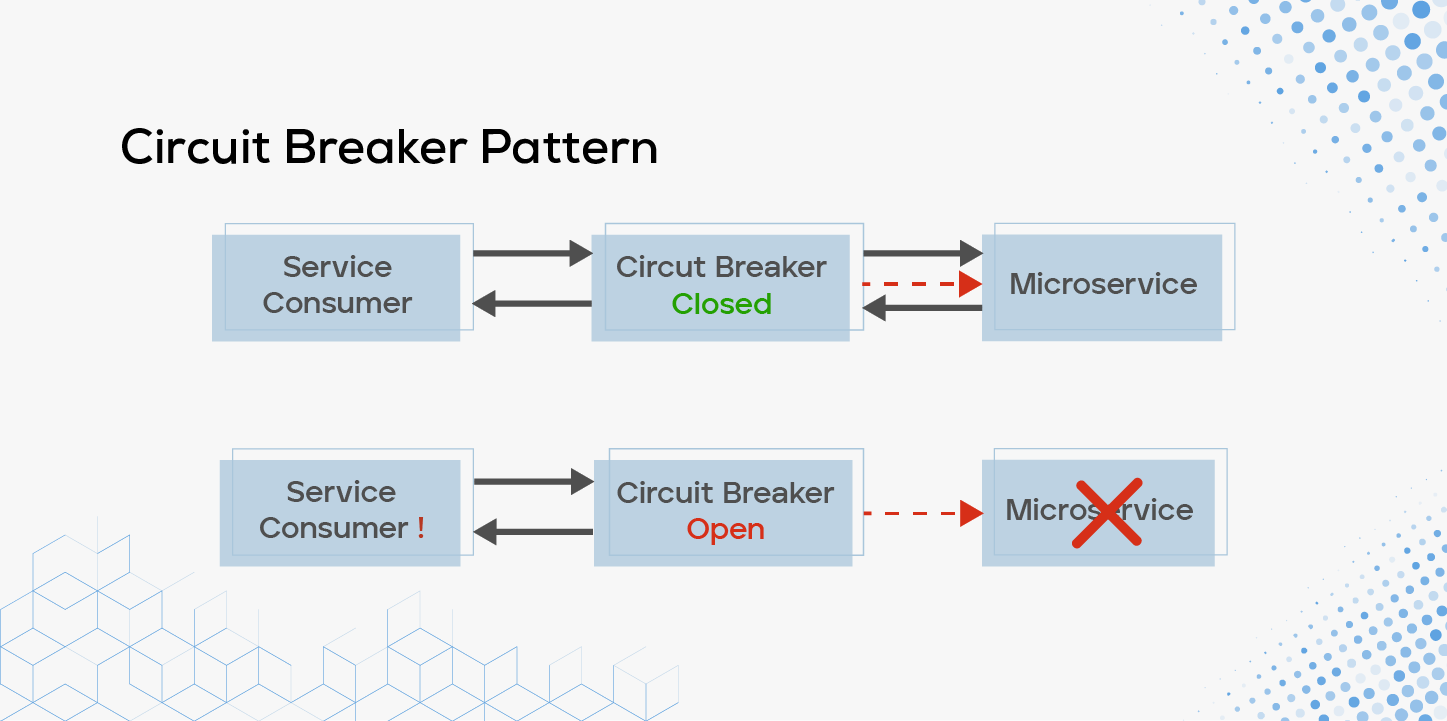
In a microservice configuration , one microservice often communicates with another to meet a specific business need. This communication may occasionally suffer disruptions such as poor network connectivity, timeouts, or service unavailability. While retrying the communication usually resolves the problem,constant retrying can become inefficient in terms of both time and resources, especially in cases with chronic failures.
This is when the circuit breaker pattern proves to be beneficial. A microservice communicates with another as a substitute in this approach, which is similar to the operation of an electrical circuit breaker. The proxy monitors the 'number of recent failures' and determines whether to allow the operation immediately, raise an exception, or signal service unavailability based on the failure count.
Spotify's backend had many small, specialized parts that worked together. When you wanted something, like personalized ads, it set off a chain of requests. For instance, asking for ads triggered a need to know who you are through login.
But if one request got stuck, it slowed down everything else, which was a problem. Spotify's tech team found a smart way to fix this. They made a supervisor that checks if everything is going smoothly. If something is slowing down, it tells others to keep going without waiting. This way, Spotify keeps running smoothly, even if one thing slows down.
Summing up
Microservices architecture stands as a monumental shift in software development, promising extraordinary levels of agility and scalability. At Inspirisys, we are dedicated to harnessing the true power of microservices and APIs to accelerate digital transformation. Get in touch with us to know more about our microservices. Stay attuned to the evolving trends in microservices, ensuring your software ecosystem maintains a position of cutting-edge innovation and optimum functionality.
Frequently Asked Questions
1. What is a microservices architecture?
Microservices architecture is an approach to software development where an application is built as a collection of loosely coupled, small, independently deployable services. Each service focuses on specific business capabilities and can be developed, deployed, and scaled independently.
2. What are the popular programming languages used for developing microservices?
Common programming languages for microservices development include Java, JavaScript/Node.js, Python, Go (Golang), C#/.NET, Ruby, and Kotlin. Each language has its strengths and is chosen based on project requirements, performance needs, and developer preferences.
3. What are the essential elements of a microservice?
Microservices architecture is made up of five essential elements which includes Microservices, Service mesh, API gateway, Containers, and Service discovery.
4. What are the challenges or considerations when implementing a microservices architecture?
Challenges include managing distributed complexity, ensuring inter-service communication, handling data consistency, implementing effective monitoring, managing deployment and versioning, and making strategic decisions regarding service boundaries and granularity.
5. What technologies and tools are commonly used in microservices architecture?
Commonly used technologies and tools include Docker and Kubernetes for containerization and orchestration, API gateways for managing requests and routing, message brokers like Kafka or RabbitMQ for event-driven communication, and various programming languages and frameworks that suit specific service requirements.






